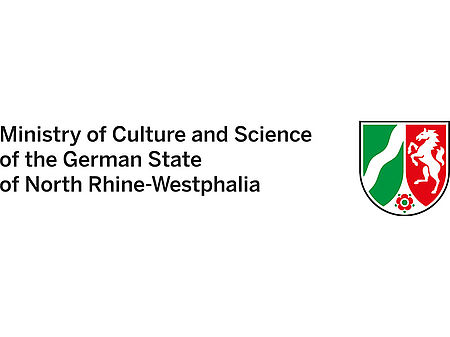Strategic digital preservation at ZB MED
More and more scientific content is not only published electronically but has to be available and reusable for the scientific community in the long term as well. The same principle is part of the Open-Access-Concept and FAIR principles. Furthermore, the published declaration “Plan S” of cOAlition S also emphasizes the importance of digital preservation. Accordingly, the field of digital preservation remains dynamic - due to new developments, new publication formats and increasingly also research data.
Responsibility and Policy
ZB MED as a German National Subject Library and information centre is responsible for long-term preservation of life science information for its target group, primarily researchers. It ensures long-term access, findability and reusability of literature and data. These aims, the target group and preservation strategies are detailed in ZB MED’s Preservation Policy.
Digital preservation system Rosetta and cooperation
For digital preservation, ZB MED relies on established standards and systems, as well as cooperation. The digital preservation system Rosetta, developed by ExLibris, is established in cooperation with the two German National Subject Libraries TIB – Leibniz Information Centre for Science and Technology and ZBW - Leibniz Information Centre for Economics. TIB hosts and administrates the system as a service. Still, partners maintain responsibility for their own content by managing their digital objects in separate instances of the system, which they configure and in which they govern preservation actions.
Standards of digital preservation
The complexity of digital preservation due to various file formats, different levels of preservation actions and changing requirements of target groups emphasizes the importance of established norms and best practices. Accordingly, ZB MED follows common standards for trustworthy digital preservation.
The Rosetta system itself uses the Open Archival Information System (OAIS) model, which is well established in the digital preservation community and published as the ISO-Standard 14721. Additionally, Rosetta uses relevant metadata standards like Dublin Core, PREMIS and METS.
Digital Preservation at ZB MED refers to the OAIS model also for the archive in general. The model defines several areas of action ifor digital archives and respective processing steps for digital objects. Those may range from data acquisition (ingest) from data producers to access for consumers. In case of ZB MED’s digital archive, access is restricted to employees of the digital archive and these employees deliver data packages, when necessary, to publications platforms of ZB MED.
Open Archival Information System (OAIS):

In the graphic, entities of OAIS and interactions between those are shown. Data packages are SIP (Submission Information Package), AIP (Archival Information Package) and DIP (Diessemination package). The graphic is based on the CCSDS publication regarding OAIS.
Before data can be integrated into Rosetta, digital objects and metadata are exported from various ZB MED source systems and prepared for Rosetta conformity. Subsequently, data is uploaded into Rosetta as Submission Information Packages (SIP). Within the system, preservation actions can be conducted in order to preserve authenticity, completeness and integrity of digital resources long-term.
Contact
Dr. Katharina Markus
Head of Digital Preservation
Phone: +49 (0)221 999 892 661
Send mail
Related links
Plan S
FAIR Principles
Open Archival Information System (ISO 14721)
Preservation Policy of ZB MED
CCSDS Open Archival Information System




